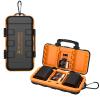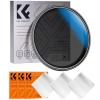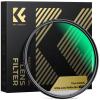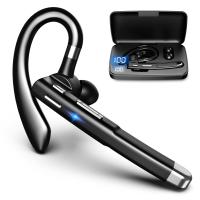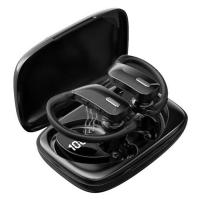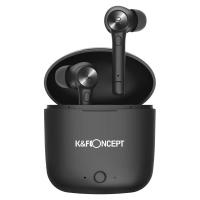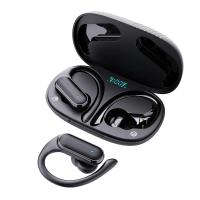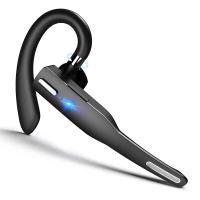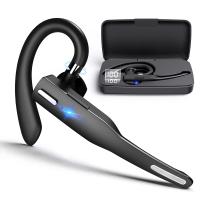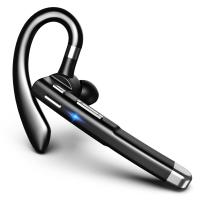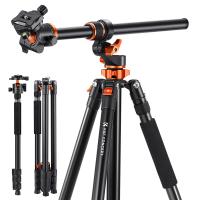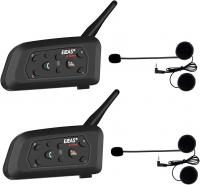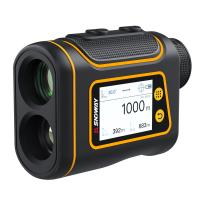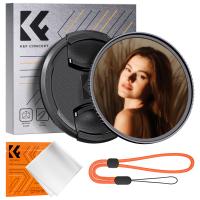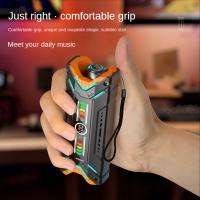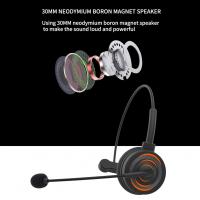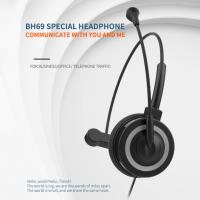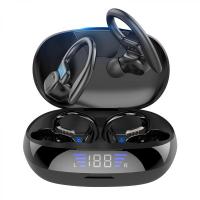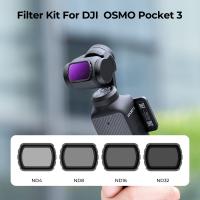How To Pair With Bluetooth Headphones?
Bluetooth headphones have become an essential accessory for many people, offering the convenience of wireless audio for a variety of devices. Whether you're using them for music, calls, or gaming, knowing how to pair your Bluetooth headphones with different devices is crucial. This article will guide you through the process of pairing Bluetooth headphones with various devices, troubleshoot common issues, and provide tips for maintaining a stable connection.
Understanding Bluetooth Technology
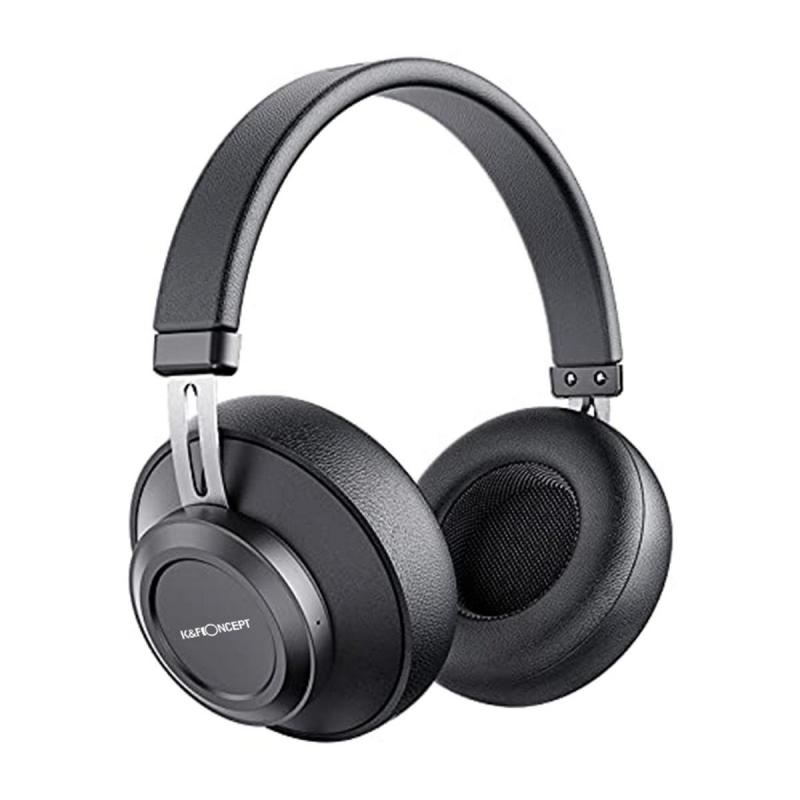
Before diving into the pairing process, it's helpful to understand the basics of Bluetooth technology. Bluetooth is a wireless communication standard that allows devices to exchange data over short distances. It operates in the 2.4 GHz ISM band and is designed for low power consumption, making it ideal for portable devices like headphones.
Preparing Your Bluetooth Headphones
1. Charge Your Headphones: Ensure your Bluetooth headphones are fully charged. Low battery levels can sometimes cause pairing issues.
2. Turn On Pairing Mode: Most Bluetooth headphones have a specific button or combination of buttons to enter pairing mode. This is usually indicated by a flashing LED light. Refer to your headphone's manual for exact instructions.
Pairing with Different Devices
Pairing with a Smartphone (iOS and Android)
1. Turn on Bluetooth: On your smartphone, go to the settings menu and turn on Bluetooth.
2. Search for Devices: Your phone will start searching for available Bluetooth devices. Make sure your headphones are in pairing mode.
3. Select Your Headphones: Once your headphones appear in the list of available devices, select them. You may be prompted to enter a PIN, which is usually "0000" or "1234".
4. Confirm Connection: Once paired, you should see a confirmation message, and your headphones will be listed as connected.
Pairing with a Windows PC
1. Turn on Bluetooth: Go to the Start menu, select "Settings," then "Devices," and turn on Bluetooth.
2. Add a Device: Click on "Add Bluetooth or other device" and select "Bluetooth."
3. Select Your Headphones: Your PC will search for available devices. Select your headphones from the list.
4. Complete Pairing: Follow any additional on-screen instructions to complete the pairing process.
Pairing with a Mac
1. Turn on Bluetooth: Click on the Apple menu, select "System Preferences," then "Bluetooth," and turn it on.
2. Search for Devices: Your Mac will start searching for available Bluetooth devices.
3. Select Your Headphones: Once your headphones appear, click "Connect."
4. Confirm Connection: Your headphones should now be connected and ready to use.
Pairing with a Smart TV
1. Turn on Bluetooth: Access the settings menu on your Smart TV and turn on Bluetooth.
2. Search for Devices: Your TV will search for available Bluetooth devices.
3. Select Your Headphones: Choose your headphones from the list of available devices.
4. Complete Pairing: Follow any additional on-screen instructions to complete the pairing process.
Troubleshooting Common Issues
Despite following the steps above, you may encounter some issues while pairing your Bluetooth headphones. Here are some common problems and their solutions:
1. Headphones Not Showing Up: Ensure your headphones are in pairing mode and within range. Restart both your headphones and the device you're trying to pair with.
2. Connection Drops: This can be due to interference or low battery. Keep your devices close together and ensure your headphones are charged.
3. Audio Quality Issues: Poor audio quality can be caused by interference or outdated drivers. Ensure your device's Bluetooth drivers are up to date and try to minimize interference from other wireless devices.
4. Multiple Devices: If your headphones are paired with multiple devices, they may automatically connect to the wrong one. Disconnect from other devices and try pairing again.
Tips for Maintaining a Stable Connection
1. Keep Devices Close: Bluetooth has a limited range, typically around 30 feet. Keep your headphones and paired device within this range.
2. Minimize Interference: Other wireless devices, such as Wi-Fi routers and microwaves, can interfere with Bluetooth signals. Try to minimize the number of active wireless devices in the vicinity.
3. Regularly Update Firmware: Manufacturers often release firmware updates to improve performance and fix bugs. Check for updates regularly and install them as needed.
4. Turn Off When Not in Use: To save battery and reduce the chance of connection issues, turn off your Bluetooth headphones when you're not using them.
Advanced Pairing Techniques
For those who want to get the most out of their Bluetooth headphones, here are some advanced pairing techniques:
1. Multipoint Pairing: Some Bluetooth headphones support multipoint pairing, allowing you to connect to two devices simultaneously. This is useful if you want to switch between your phone and laptop without re-pairing.
2. NFC Pairing: Near Field Communication (NFC) allows for quick pairing by simply tapping your headphones against an NFC-enabled device. This feature is not available on all headphones but can be very convenient.
3. Custom Profiles: Some headphones allow you to create custom audio profiles for different devices. This can enhance your listening experience by optimizing settings for each device.
Pairing Bluetooth headphones with various devices is a straightforward process once you understand the basic steps. By following the guidelines provided in this article, you can enjoy a seamless wireless audio experience across all your devices. Remember to troubleshoot common issues and follow the tips for maintaining a stable connection to get the most out of your Bluetooth headphones. Whether you're a casual listener or an audiophile, mastering the art of Bluetooth pairing will enhance your overall audio experience.

